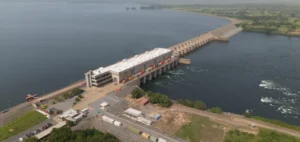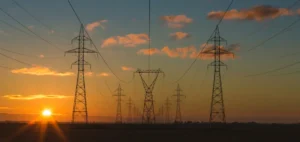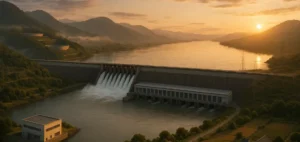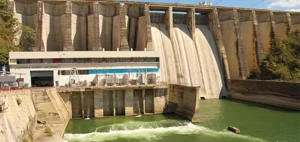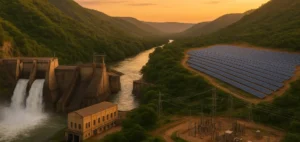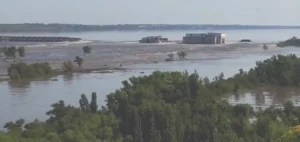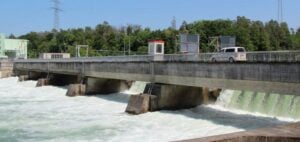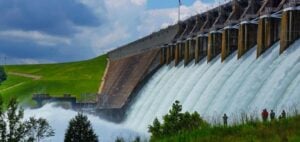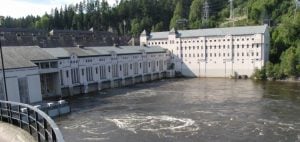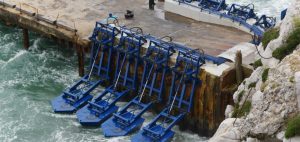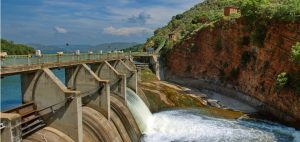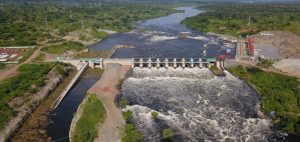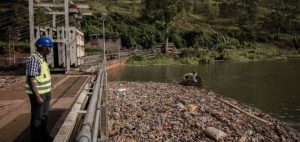The largest dam removal project in the United States is underway near the California-Oregon border. Its aim is to restore the Klamath River and surrounding area by removing old dams. This initiative involves working closely with Native American tribes to replant nearly 17 billion seeds on the cleared river.
Dismantling dams and restoring wildlife habitat
“The river is our church, the salmon is our cross. That’s how it relates to our people. It’s very sacred to us,” said Kenneth Brink, vice-president of the Karuk tribe. “The river isn’t just a place where we go swimming. It is life. It creates everything for our people.”
Dismantling the dams is, however, only part of the project. Indeed, the real challenge lies in the next ten years. Workers work with Native American tribes to restore the Klamath River to its pre-dam state. The initiative is part of a national movement to restore rivers to their natural course and restore fish habitat. Since February, over 2,000 dams have been removed in the United States, opening up over 400 miles of waterways to endangered fish species.
Over 400 miles of river restored to endangered species
By the end of next year, when decommissioning is complete, over 400 miles (644 kilometers) of river will be reopened to endangered fish species and surrounding wildlife. In comparison, the 65 dams removed in the United States last year reconnected 430 miles (692 kilometers) of waterways. The dams removed from the Klamath River have had a minor impact on the energy supply. They represented less than 2% of PacifiCorp’s energy production at full capacity. However, they have had adverse effects on the region’s fish and ecosystem.
An ambitious project: Planting billions of seeds along the river
Dam removal will empty three reservoirs over 3.5 square miles near the California-Oregon border. For five years, Native American tribes harvest billions of seeds by hand. These seeds will be sown along the banks of the new wild river. Helicopters will plant hundreds of thousands of trees and shrubs to create a habitat for fish. This accelerated growth repels the invasion of foreign plant species, such as thistle, which dominate the landscape to the detriment of native plants.
“Why not just let nature take its course? Well, nature didn’t take its course when the dams were built. We can’t pretend that this gigantic change in the landscape didn’t happen, and we can’t ignore the fact that invasive species are a big problem in the West and in California,” said Dave Meurer, director of community affairs at Resource Environmental Solutions, the company leading the restoration project.




